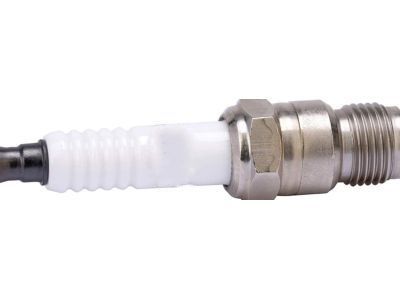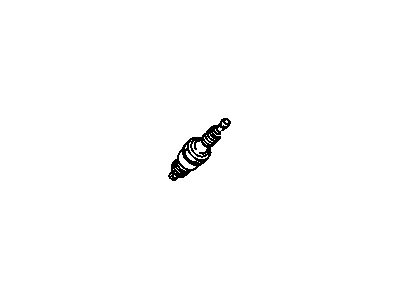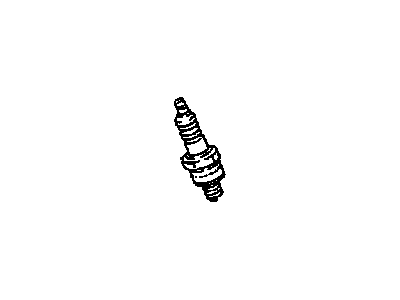My Garage
My Account
Cart
Genuine Chevrolet Metro Spark Plug
Ignition Spark Plug- Select Vehicle by Model
- Select Vehicle by VIN
Select Vehicle by Model
orMake
Model
Year
Select Vehicle by VIN
For the most accurate results, select vehicle by your VIN (Vehicle Identification Number).
4 Spark Plugs found
Chevrolet Metro Spark Plug Asm
Part Number: 19308034$7.36 MSRP: $13.20You Save: $5.84 (45%)Ships in 1-3 Business DaysChevrolet Metro Spark Plug Asm,Gasoline Engine Ignition
Part Number: 19354423$2.33 MSRP: $4.18You Save: $1.85 (45%)Ships in 1-3 Business DaysChevrolet Metro Spark Plug Asm
Part Number: 19302733$2.33 MSRP: $4.18You Save: $1.85 (45%)Ships in 1-3 Business Days
Chevrolet Metro Spark Plug
The Spark Plug in Chevrolet Metro vehicles is used to ignite the compressed air-fuel mixture in the combustion chamber to make the car functional. This is done by providing, from the ignition system, high voltages of electricity that then produce sparks that cause the initial burning. Originally, the components consist of a metallic casing, a core electrode, and a ceramic spacer; various materials of the electrodes are present such as nickel alloy, platinum, and iridium giving disparity in sturdiness and efficiency. Chevrolet Metro cars over the years have used copper/nickel spark plugs platinum, double platinum and iridium. Copper/nickel plugs are often found in older models of ignition systems and half because they operate at cooler temperatures than other plug types, platinum and iridium plugs have better heat resistance and last longer. These are very crucial because they determine the efficiency of the engines, combustion quality and overall performance of the engines. Routine or periodic check of spark plugs and timely change of the faulty one is highly important since they cause mishits and compromised fuel economy.
Each OEM Chevrolet Metro Spark Plug we offer is competitively priced and comes with the assurance of the manufacturer's warranty for the part. Furthermore, we guarantee the speedy delivery of your orders right to your doorstep. Our hassle-free return policy is also in place for your peace of mind.
Chevrolet Metro Spark Plug Parts Questions & Experts Answers
- Q: How to spark plug replacement on Chevrolet Metro?A: When it comes to changing spark plugs, besides the new plugs, one needs a socket wrench, with a compatible spark plug socket; a wire-type feeler gauge for checking and adjusting spark plug gaps; and a torque wrench to tighten the new plugs to the specified torque. Socket should be rubber lined so that it protects the porcelain insulator of the spark plug while holding it when being put in place in the hole. This is why you need to have new ones ready before you start, set their gaps and replace them one by one. Check that there are no defects such as cracked porcelain insulators on any of the new plugs; if there are do not use them. Also make sure that side electrode is correctly aligned with center electrode. To avoid confusion when putting back these wires, do only one plug at a time by twisting it half way then pulling off wire and boot attached together. Where available use compressed air or pump blow out dirt and other materials near where spark plug seats. A special ratcheted socket will be used to take out old plugs of all kinds. Finally, assess each old spark before you conclude on how well your engine works overall. Use short piece of rubber hose over end of plug like universal joint helps alignment into hole without cross-threading happening Attach wire leading into this boot tightly around any part on top of its head Repeat this process for remainder of plugs making sure that they are changed singly in order not to mix up cables.








